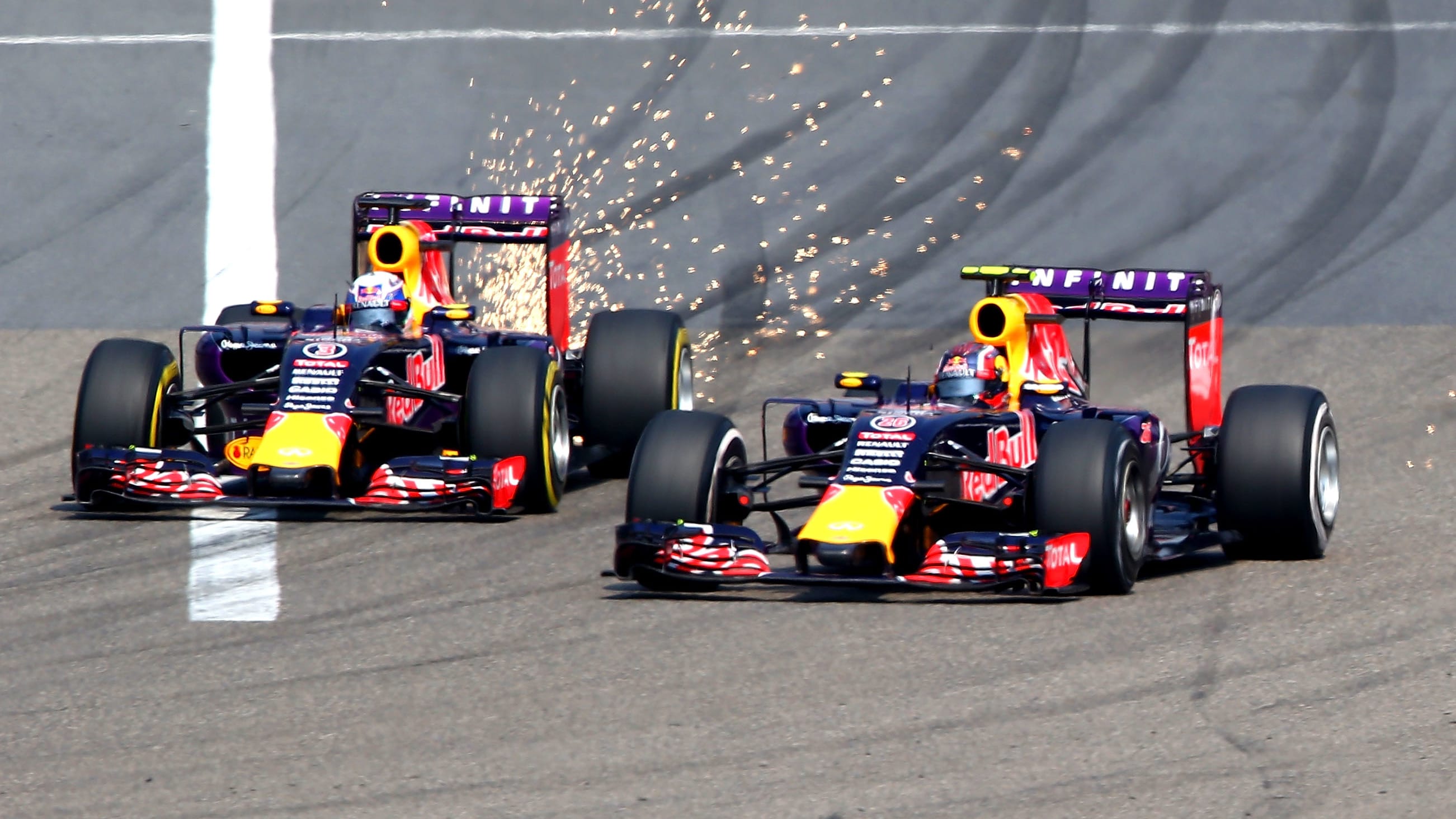
F1 News: Chinese Grand Prix Track Undergoes Changes Ahead of Sprint Race Weekend
The Shanghai International Circuit has been upgraded with advanced techniques to accommodate modern F1 cars and a new race format after a five-year break from the F1 calendar. On top of this, new spectator stands are being added, enhancing the fan experience for the eagerly anticipated return of the Chinese Grand Prix.
Key Takeaways
- The Shanghai International Circuit has undergone significant modifications, including precision milling and shot peening, to accommodate the aerodynamic needs of modern F1 cars after a five-year hiatus from the F1 calendar.
- The Chinese Grand Prix introduces a new Sprint race format, featuring a qualifying race on Friday and the main events over the weekend, adapting to changes in F1 racing dynamics.
- Enhancements to the spectator facilities are underway, with new grandstands expected to be fully booked despite some areas not being completed in time for the race.
The Formula 1 circus returns to Shanghai next week, marking a long-awaited comeback to the Chinese Grand Prix, which last featured on the F1 calendar in 2019. This return is not just a routine addition to the race schedule; it comes with substantial revisions to the track itself, prompted by advancements in F1 car technology and changes in the racing format.
Shanghai's circuit, initially constructed on marshy land, has faced challenges with a poor track surface over the years. These imperfections have posed problems for the modern ground effect F1 cars, which rely heavily on stable aerodynamics, disrupted by any significant bumps or undulations. The sensitivity of these vehicles to such inconsistencies necessitated a rigorous assessment and subsequent renovation of the track.
Following an in-depth inspection by the FIA last year, local organizers reached out to the circuit's original designer, Herman Tilke. The mandate was clear: identify and rectify the most problematic sections of the track. The renovation process included precision milling and shot peening, techniques aimed at smoothing the asphalt to minimize the impact on the cars' aerodynamic performance. These interventions were supported by state-of-the-art 3D digital technology and sophisticated machine tools, ensuring that the modifications were both precise and effective.
The upgrades at the Shanghai track signify a fresh challenge for the teams and drivers. With significant changes to the vehicles and tires since the circuit's last Grand Prix, coupled with the modifications to the track itself, this year's event is akin to entering uncharted waters. And with fewer practice sessions thanks to it being the first sprint weekend of the 2024 F1 calendar, this is going to be very challenging to overcome.
Simone Berra, Chief Engineer of Pirelli Formula 1, underscored the uniqueness of the upcoming race, comparing it to venturing into a new circuit.
"It's like going to a new circuit, honestly," Berra commented to Motorsport.com. "Compared to 2019 we have new cars, new tires, and 18-inch wheels. The track wasn't used for five years, because at most there was one race a year.
"And we will only understand from pre-event measurements on the asphalt how it actually changed. In the past the bottom was quite rough in terms of both micro and macro roughness. We need to understand how the track has aged in recent years. So it will be a good challenge for us, but above all for the teams."
This year, the Chinese Grand Prix will introduce the first Sprint of the season, following a new format that includes a qualifying race on Friday afternoon after just one practice session. The Sprint will occur on Saturday morning, with the final qualifying session slated for Saturday afternoon after the parc fermé conditions are lifted, allowing teams to make last-minute adjustments to their cars.